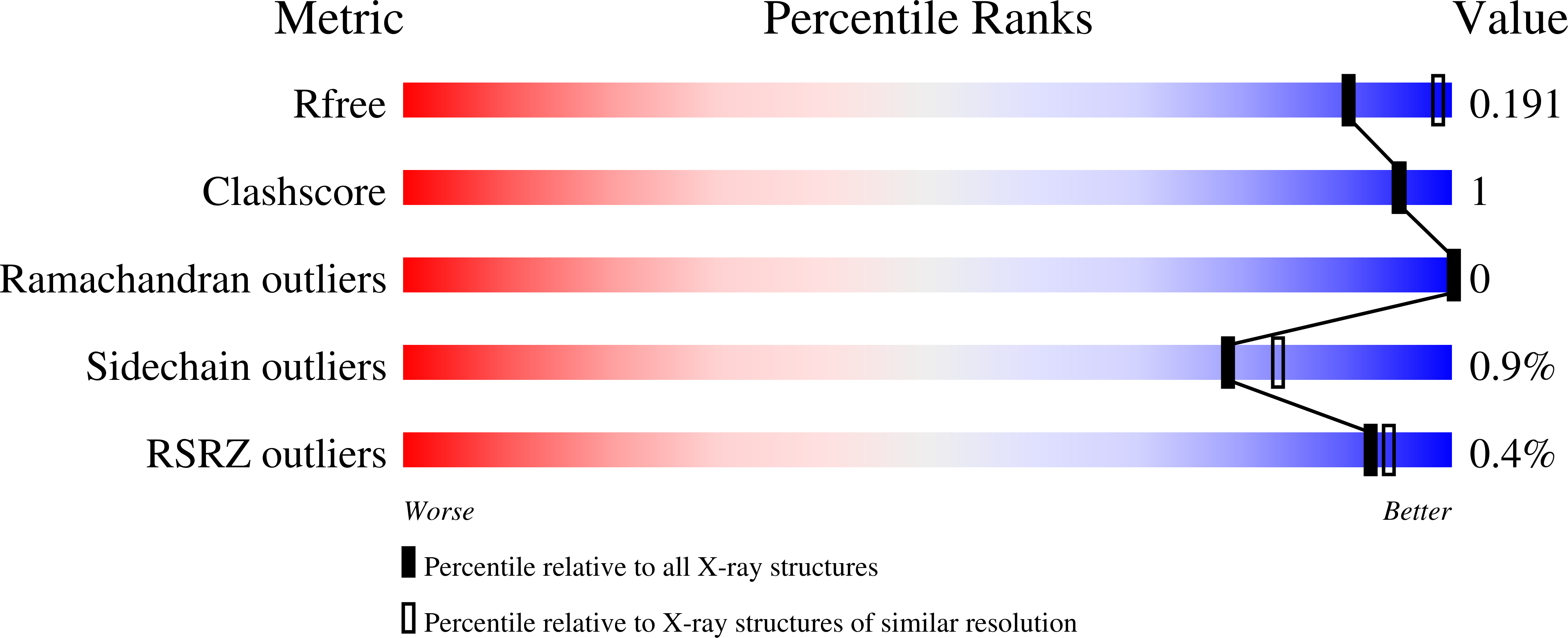
Deposition Date
2022-07-18
Release Date
2023-02-01
Last Version Date
2024-11-13
Entry Detail
PDB ID:
8AFR
Keywords:
Title:
Pim1 in complex with 4-((6-hydroxybenzofuran-3-yl)methyl)benzoic acid and Pimtide
Biological Source:
Source Organism:
Homo sapiens (Taxon ID: 9606)
Synthetic construct (Taxon ID: 32630)
Synthetic construct (Taxon ID: 32630)
Host Organism:
Method Details:
Experimental Method:
Resolution:
2.15 Å
R-Value Free:
0.19
R-Value Work:
0.16
R-Value Observed:
0.16
Space Group:
P 65


